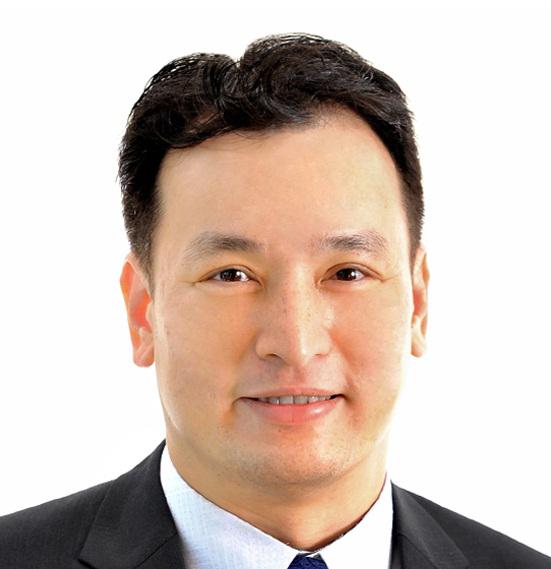Every property asset class is different.
Office spaces are dependent on new business creation minus destruction, plus other factors such as upcoming supply, structural changes such as co-working spaces. Retail properties are adversely affected by e-commerce, but also dependent on surrounding population growth and wages to support a mall’s business. Industrial properties are dependent on demand from new business creation, economic growth, but structurally challenged by co-working spaces and better located office spaces.
For the purpose of this article, I am referring to “residential properties”.
So, is Singapore the best country for property investors?
After spending two decades building my property portfolio and making mistakes along the way, I’ve found that the best way to be financially free in a safe and fast way through property investing, is to find countries where you can use the “BRRR” strategy.
What is BRRR?
It’s “Buy, Refurbish, Rent, Refinance”.
A common myth among aspiring property investors
“Buy 2 properties, hold for the long term, hope they appreciate in 10 years.”
In reality, that just doesn’t work.
You cannot achieve financial freedom from zero to S$5 million in 10 years simply by buying two residential properties and hope they double or triple in value in 10 years.
The best chance of doing that is by collective sale (aka en-bloc) in Singapore. However, this requires deep knowledge in property development to calculate construction costs, learning the lease top up table, development charges etc.
Moreover, it relies on a degree of luck as some projects that are old could have owners that are wealthy and would resist collective sale for decades.
Why is it NOT possible to exercise BRRR on Singapore residential properties?
Most Singaporeans can only afford one or at most two properties. Not forgetting that the Additional Buyer’s Stamp Duty and deposit rises astronomically for the second property under a personal name.
The greater the cash outlay, the lower the internal rate of return.
As a result, most Singaporeans own one property while their spouse owns another.

Assuming you buy two properties at $500k, after 10 years, if you are lucky, you may end up with $860k x 2 = $1.72m of assets.
BRRR allows you tap into the power of compounding
With the BRRR strategy, the idea is to extract equity once there is capital appreciation, tax free.
Here’s a case study of an efficient execution of the BRRR strategy:
You should be able to extract equity from your 1st property in year three, enabling you to buy the second property using the released equity with some additional savings. At this point, you’re already pumping in less capital compared to the average Singaporean property investor.
The secret of the BRRR strategy is its compounding effect.
In year six, you buy your third and fourth properties, using the equity released from the first two, plus some savings. By year nine, you could own eight properties. Assuming a similar capital appreciation as the scenario above, at the end of year 10, you can have $8.6m of assets.

Why Singapore isn’t the best country for property investors
The BRRR strategy only works when you have capital gains of 5% and above, and a rental yield that is at least 3 percentage points higher than the mortgage interest.
If any of these two criteria is not met, the recycling of capital fails.
In Singapore, if you buy properties with over 65% LTV, chances are you will end up with negative cashflow which is unsustainable.
In my next article, I’ll share about the best countries that property investors should consider, in today’s market.

